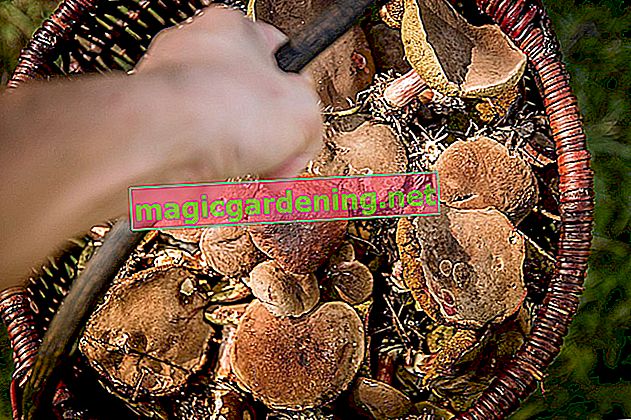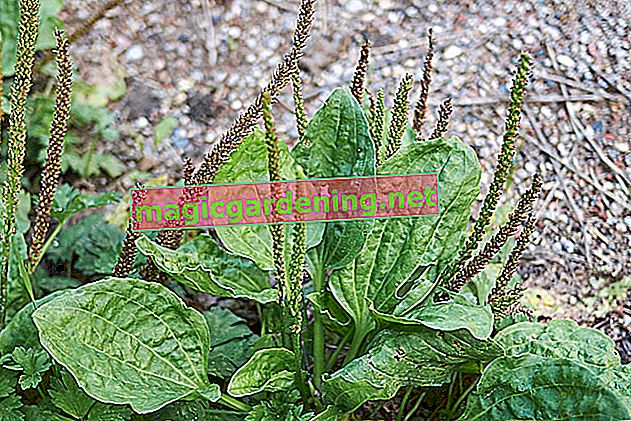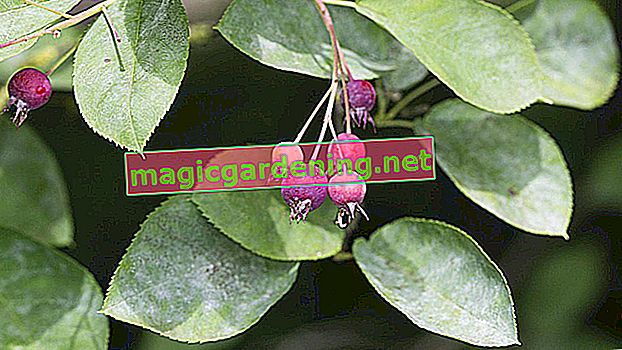
Monstera deliciosa - The uncrowned queen of the window leaves
Wherever a window leaf is in the limelight, it is mostly the worldwide popular Monstera deliciosa. As the name Delicious Window Leaf suggests, the species has these attributes:
- Evergreen climbing plant with a height of up to 300 cm
- Decorative feathered and windowed decorative leaves in dark green
- Leaves up to 100 cm in diameter
- Hermaphrodite flowers in the typical shape of the arum family
- Edible fruits
also read
- Monstera and Aquarium - tips for a brilliant partnership
- How should Monstera be watered correctly?
- Why does my Monstera have yellow leaves?
Skilled breeders created a multitude of impressive hybrids from Monstera deliciosa. These include the 'Variegata' variety, which impresses with its creamy-white and green variegated leaves.
Monstera adansonii - Slit window leaf from Brazil
From South America, this Monstera species found its way into the living rooms of Central Europe because it changes its appearance over the years. While the exotic ornamental foliage plant quickly climbs towards the sky on its climbing aid, its leaf surfaces remain closed for the time being. The typical slits only develop at an advanced age of more than 10 years.
As part of the care of Monstera adansonii, their absolute loyalty to their location must be taken into account. The plant only unfolds its full splendor if it can maintain a light, airy and warm location over the years.
Monstera obliqua - perforated window leaf with stylish perforations
Within the multi-faceted Monstera species, the Monstera obliqua causes a sensation with its unusually shaped leaves. Here the leaf margins are closed despite the holes so that no slits form. In particular the variety 'Leichtlinii' surprises with this surprising effect. In addition, this window leaf pulls together with its peers in terms of maintenance and location requirements.
Tips
The vast majority of Monstera species develop aerial roots. These play an important role in the supply and at the same time function as a holding body, provided a climbing aid is available for the window leaf. Therefore only cut off an aerial root in exceptional cases or when it has completely dried up and has died.








